|
Family ID? Perhaps Dolichopodidae near.-->Syntormon cf. flexibile
|
|
| guplox |
Posted on 15-02-2022 12:03
|
|
Member Location: Posts: 438 Joined: 09.02.18 |
Picture taken in east China (Zhejiang province). Observed on a bamboo leaf seemingly sucking water, small estimated 4mm in body length. wing looks multi-colored (in camera flash). Kind of similar to Dolichopididae but the antenna is too peculiar. What family could it belong to?
Edited by guplox on 18-02-2022 12:35 |
|
|
|
| guplox |
Posted on 15-02-2022 12:04
|
|
Member Location: Posts: 438 Joined: 09.02.18 |
Frontal view |
|
|
|
| John Carr |
Posted on 15-02-2022 18:35
|
|
Member Location: Posts: 9773 Joined: 22.10.10 |
Male Rhaphium often have such antennae. |
|
|
|
| guplox |
Posted on 16-02-2022 02:22
|
|
Member Location: Posts: 438 Joined: 09.02.18 |
Thank you John for the reminder. So it is likely a male Dolichopodidae. |
|
|
|
| Igor Grichanov |
Posted on 18-02-2022 08:14
|
|
Member Location: Posts: 1681 Joined: 17.08.06 |
Syntormon, I think.
Igor Grichanov |
|
|
|
| guplox |
Posted on 18-02-2022 08:39
|
|
Member Location: Posts: 438 Joined: 09.02.18 |
Awesome! Thank you, Igor Grichanov, for the ID. Just did a quick check. The genus Syntormon is characterized by the distinctly elongated first flagellomere, which fits my specimen very well.  |
|
|
|
| guplox |
Posted on 18-02-2022 12:35
|
|
Member Location: Posts: 438 Joined: 09.02.18 |
The antennae look exactly the same as Syntormon flexibile (see the right picture hosted at boldsystems.org): 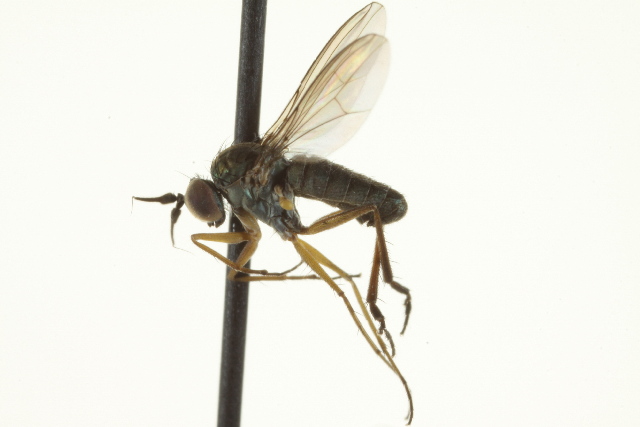 . Also, according to the paper (at this link:https://www.resea...chopodidae), Syntormon flexibile is the only species in Genus Syntormon that has been recorded from Zhejiang. So my current guess is: Syntormon flexibile. . Also, according to the paper (at this link:https://www.resea...chopodidae), Syntormon flexibile is the only species in Genus Syntormon that has been recorded from Zhejiang. So my current guess is: Syntormon flexibile.
Edited by guplox on 18-02-2022 13:48 |
|
|
|
| Jump to Forum: |


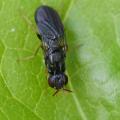



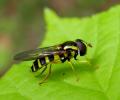


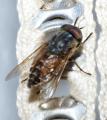
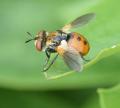



 but don't see the image in the post.
but don't see the image in the post.
